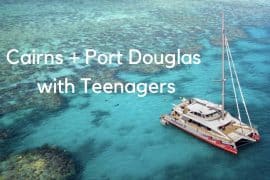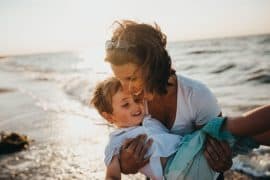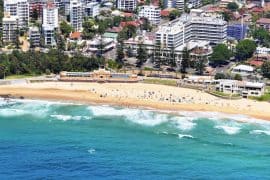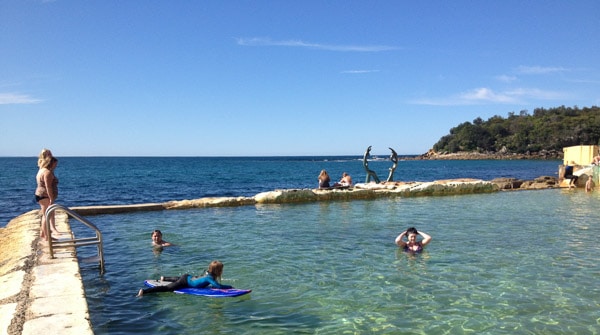There are some family holidays that are likely to be once-in-a-lifetime and for those of us in Australia, a trip to Africa is definitely in that category. A family safari and mountain climbing holiday is going to be expensive so it is vital to plan and prepare well. And this planning stage is where my family finds itself.
Our older boys are in their 20s and the twins are now 16. It feels like time is running out for one last magnificent and spectacular family holiday. The older boys have their own lives and work schedules, the younger two will fly the nest soon.
My husband and myself both visited Africa in our 20s, separately. He climbed Mt Kenya and I went to the coast of Kenya and then to the fabled isle of Zanzibar which is part of Tanzania. We have talked for years about taking the kids and now we need to talk and plan for real.
I thought I would share my research and write about family safari options that would suit all sorts of families, with kids of all ages.
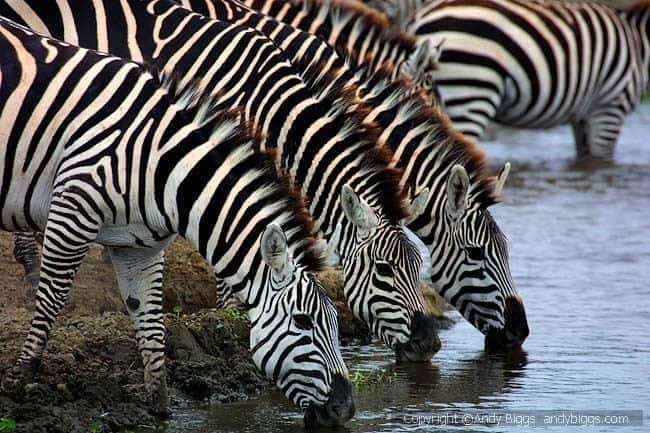
Seeing African animals in the wild and snorkelling on coral reefs are top of my list of priorities, but Paul puts forward good arguments for doing some climbing in Africa too, for pushing ourselves and, literally, aiming high.
‘How about we go to Tanzania? Let’s climb Kilimanjaro and then go on safari.’ Paul starts to check some facts on his laptop. ‘It’s higher than Mount Kenya, we’d need to train, all of us.’
‘Could we pop over to Zanzibar afterwards to relax?’ I ask. ‘I’m not sure the kids would be into really seriously climbing or even high altitude walking, but let’s have a look. But more time spent looking at animals is probably important for all of us.’
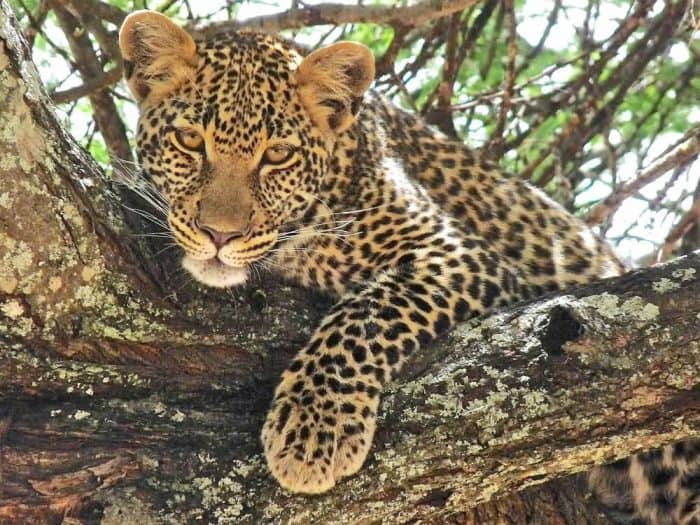
The first thing I did was to get in touch with an old pal who was brought up in east Africa and who still has many friends there. He lets me know that to think about KIlimanjaro you need a really good guide and tour company. The company that his friends recommend for a Kilimanjaro and safari package is called Nature Discovery.
I have now had a good look at the options and so here below are my Top Five African Safari and/or Climbing Holidays. There’s one to suit every family, from those with little kids to families with older children and young adults like ours. I’ll start with the safaris more suitable for families with older children, teenagers and young adults and then finish with the best safari for little kids.
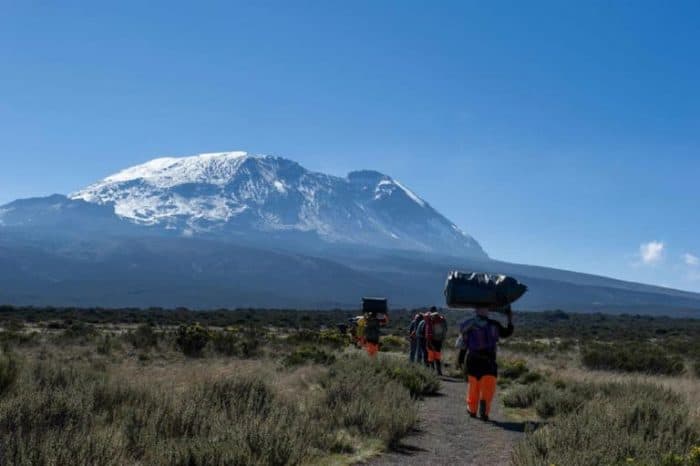
1. Climbing Kilimanjaro
Mount Kilimanjaro is the highest peak in Africa at 5,895 meters. Snow-capped at the top, it is a volcanic mountain, with three cones, Mawenzi, Shira and the highest which is Kibo. There is no technical mountaineering required to summit the mountain, however it is still a challenge due to the risk of altitude sickness. Kilimanjaro is not part of range of mountains and it rises majestically from the surrounding plains. The Kibo volcano itself has been dormant for millenia and the other two cones are extinct.
On a well-guided hike to the summit there are usually about double the number of porters to guests. The porters are well looked after and are not permissted to carry more than 20 kilos of weight in their packs. Guests walk over a great variety of terrain on their days on the mountain, and there is constant monitoring to check for the effects of altitude. The final climb generally starts at night and ends up on the summit once day light comes.
The walk to the summit of Kilimanjaro is a challenging experience. Children aged 15 years and over can do the trip but perhaps even a little older is better.

When I did my research Nature Discovery definitely looks like the best tour company to climb Kilimanjaro so if you are thinking of that – as we are – then definitely get in touch with them.
Read a day-by-day diary of a trek to the summit of Kilimanjaro here.
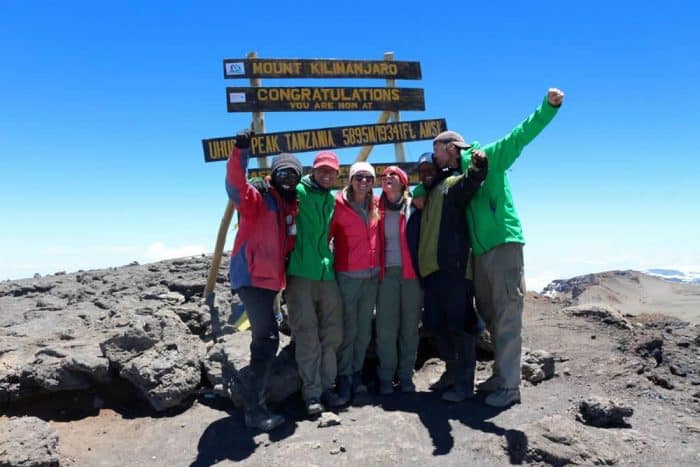
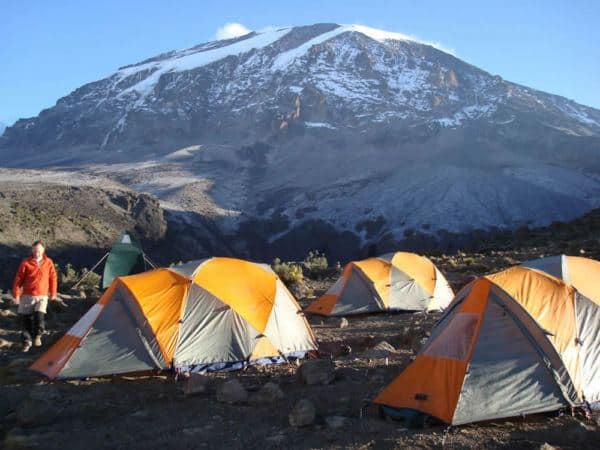
2. Short Treks Around Kilimanjaro + Wildlife Safari
There are options for day walks around Kilimangaro ad also for short camping trips where you do not need to go to the summit. These would make a great introduction to walking and climbing in Africa for families with kids and young teenagers. There are also mountain biking options which lots of families would enjoy.
After the walking you can arrange a wildlife safari at a lodge or campsite and spend as much time as you like viewing animals and relaxing in nature.

3. A Classic Camping Safari
With an emphasis on having minimal impact on the environment, a camping safari sees guests staying within National Parks, close to the wildlife and far away from cities and our over-civilised 21st century lifestyle.


4. Walk With Masai at Longido Seasonal Camp
A seasonal bush camp on the lands of Maasai is the location for an unforgettable experience. Learn about Maasai culture and join in checking on cattle and exploring the area on guided walks.
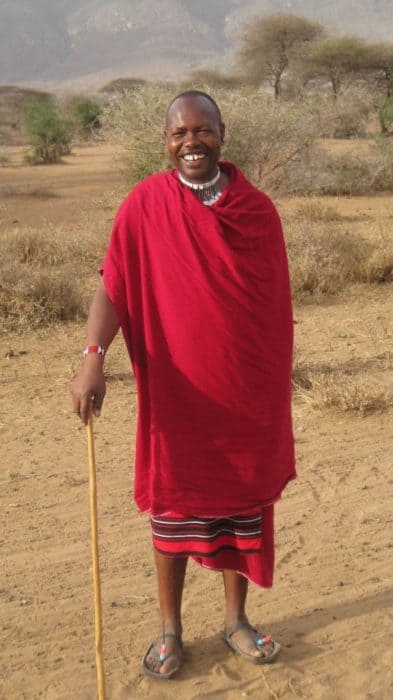
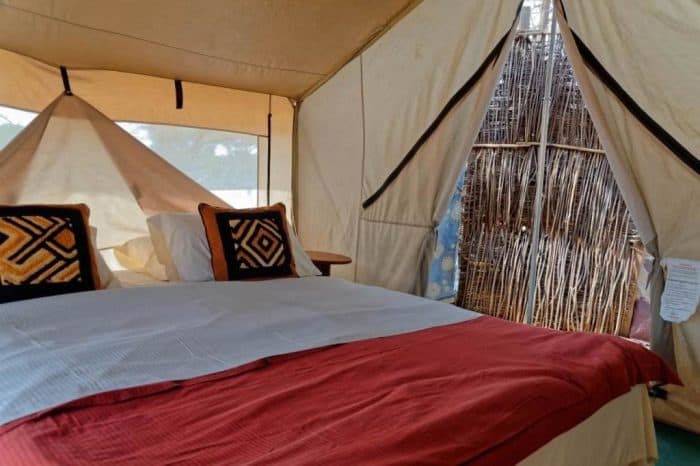
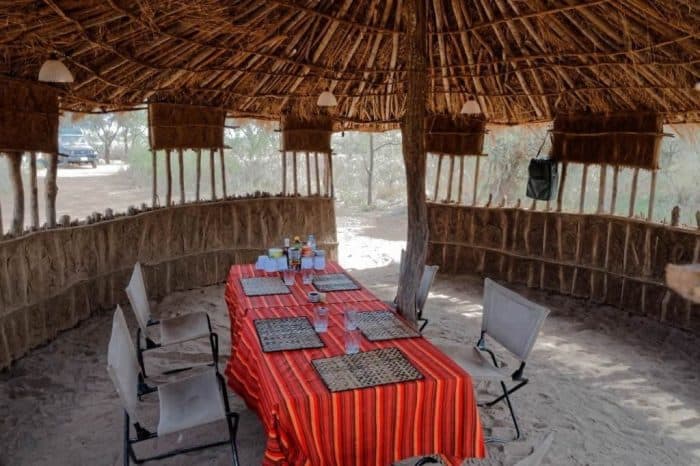
5. A Safari With Younger Kids – Meet The Big Five
A wildlife viewing holiday is what will keep even the youngest children in the family entertained and amazed. There are many areas in Tanzania where you can see the Big Five, as the best known of the African animals are called; they are the lion, elephant, buffalo, rhinoceros and leopard. Personally myself and the kids agree that we would be more keen to see zebras, giraffes and hippoptamus than buffalo.
Some of the best-known areas for wildlife watching are the Serengeti, the Ngorongoro Conservation Area and Lake Victoria.
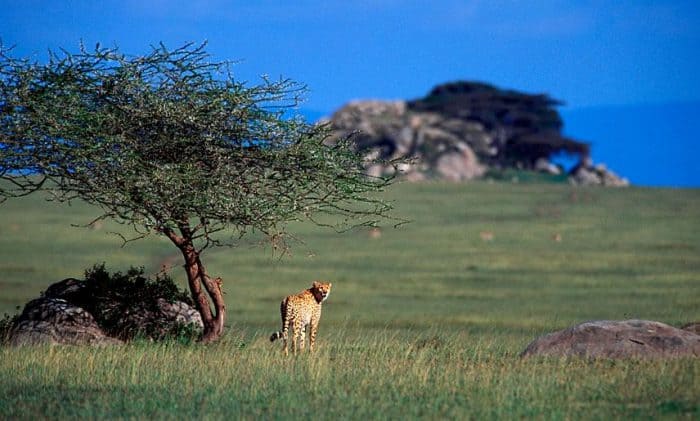
The variety of available accommodation is vast and Nature Discovery can help you find something to suit your family’s needs and your budget too. There are some very glamourous five star places, of course, but also a range of more modestly-priced and even hostel accommodation. Simply email and explain what you would like to do, how old the children are and what animals you are keen to see in the wild then let this local company give you a range of lodge and permanent camp safary options. They are not tied in to any one company so their advice is independent.
With your family group, you can organise to stay for as long or as short a time as you prefer. from the camp you can enjoy walking and driving safaris to see wildlife and to explore local villages and natural wonders.
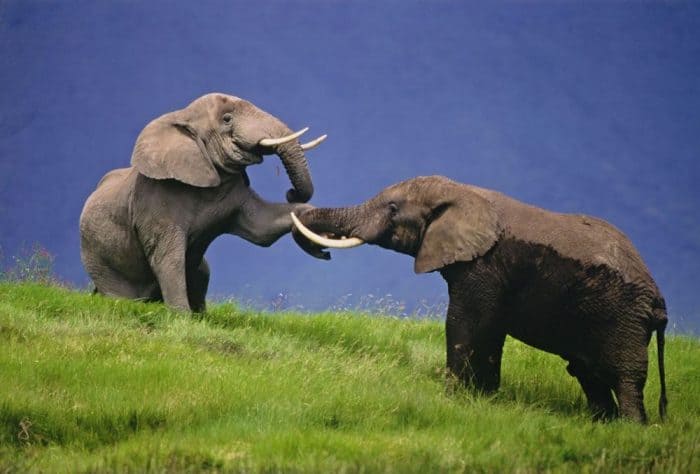
I really like the fact that Nature Discovery is based in Tanzania and there is no need to book through another Australian-based tour company. Go direct and know that all of the money you spend on your African safari holiday will stay in Africa.
Find the Nature Discovery website here.
I hope that you have enjoyed reading about our planning for a safari and climbing holiday to Tanzanaia. Actually getting us all over to Africa will take a lot more planning. This kind of holiday really will be something we only ever do once and it will cost a lot of money. But it will be worth it!
Have you ever taken the family to Africa?
What are your top tips for other Australian families?

